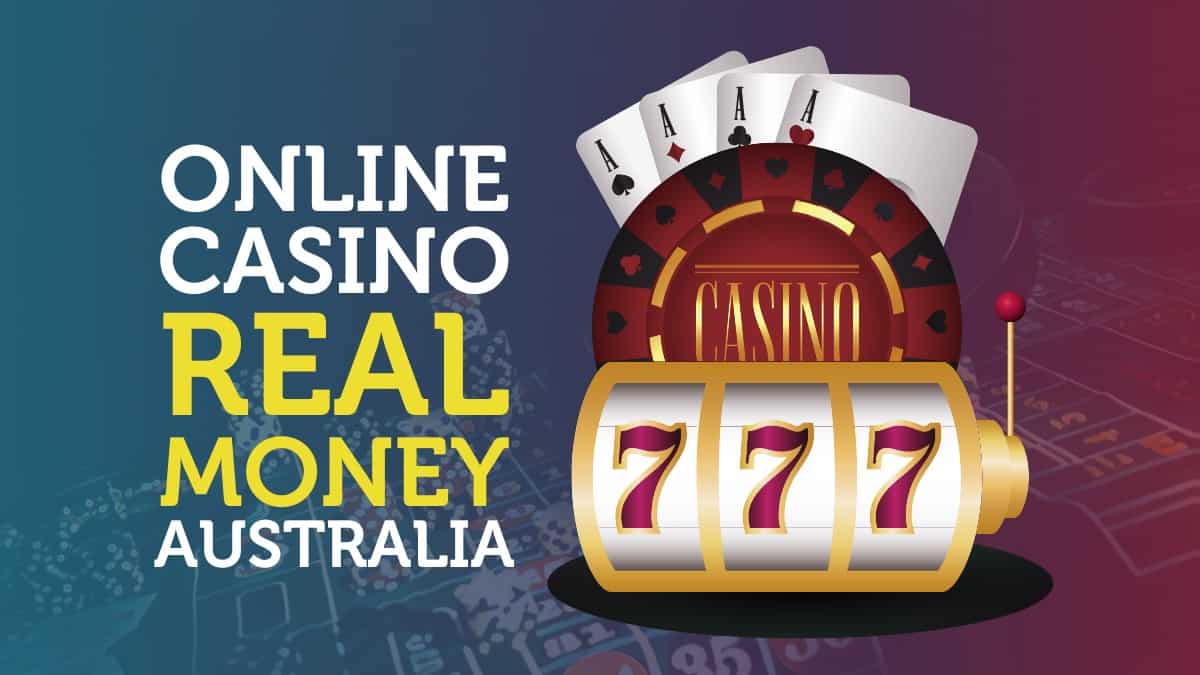1. Introduction to Decision Making: The Interplay of Risk and Balance
Decision making is a fundamental aspect of human life, influencing choices in both personal pursuits and professional endeavors. Whether selecting a career path, investing in a new project, or deciding on daily tasks, individuals constantly evaluate options, potential outcomes, and associated uncertainties. Central to this process are two critical elements: risk and balance. Assessing risk involves understanding the potential for loss or failure, while maintaining balance requires weighing options to avoid overconfidence or excessive caution. Together, these factors shape the trajectory of outcomes and ultimately determine success or failure.
Quick Navigation
- Fundamental Concepts of Risk and Balance in Decision Making
- Theoretical Models of Risk and Balance
- The Role of Momentum and Momentum Loss in Decision Processes
- Historical Perspectives: Medieval Imagery and the Fortune’s Wheel
- Modern Educational Models: «Drop the Boss»
- Case Study: Strategies in «Drop the Boss»
- Non-Obvious Factors Influencing Risk and Balance
- Advanced Concepts: Adaptive Strategies & Resilience
- Practical Applications & Takeaways
- Conclusion
2. Fundamental Concepts of Risk and Balance in Decision Making
a. What Constitutes Risk in Decision Scenarios?
Risk in decision making refers to the uncertainty about future outcomes and the potential for negative consequences. It arises when actions or choices have unpredictable results, often quantified by probability estimates. For example, investing in a volatile stock market carries the risk of financial loss, while choosing to launch a new product involves market acceptance uncertainty. Recognizing what constitutes risk allows decision-makers to evaluate potential downsides and prepare accordingly.
b. The Role of Balance: Weighing Options and Consequences
Balance involves examining the spectrum of possible choices and their associated risks and rewards. It requires weighing short-term gains against long-term stability or considering the potential for failure against the likelihood of success. For instance, a startup founder must balance aggressive growth strategies with prudent resource management. Achieving this equilibrium helps avoid reckless decisions driven by overconfidence or unnecessary caution that hampers progress.
c. The Psychological and Cognitive Aspects of Evaluating Risk and Balance
Humans do not evaluate risk purely rationally; cognitive biases significantly influence perceptions. Overconfidence, optimism bias, and loss aversion—where losses feel more impactful than equivalent gains—can distort judgment. For example, investors might hold onto losing stocks longer than advisable due to loss aversion, risking greater losses. Understanding these psychological factors enhances decision-making by promoting awareness of subconscious biases.
3. Theoretical Models of Risk and Balance
a. Classical Decision Theory: Maximizing Expected Utility
Classical decision theory posits that rational agents aim to maximize their expected utility—the weighted average of possible outcomes based on their probabilities. For example, a business might decide to invest in a project if the expected return outweighs potential losses, calculated by multiplying each outcome’s value by its likelihood. This model assumes complete information and consistent preferences, serving as a foundational framework.
b. Prospect Theory: Understanding Loss Aversion
Developed by Daniel Kahneman and Amos Tversky, prospect theory recognizes that humans value gains and losses differently—losses tend to have a more substantial emotional impact than equivalent gains. This leads to risk-averse behavior in gains and risk-seeking in losses. For instance, investors may avoid selling stocks during a downturn due to loss aversion, potentially missing recovery opportunities.
c. Dynamic Models: Adapting Risk Strategies Over Time
Real-world decision making often involves changing circumstances. Dynamic models incorporate feedback and learning, allowing strategies to evolve. An entrepreneur might start with cautious investments, then shift to more aggressive approaches as confidence and market conditions change. These models emphasize flexibility and ongoing assessment to maintain optimal balance over time.
4. The Role of Momentum and Momentum Loss in Decision Processes
a. Explanation of Physics-Based Momentum in Decision Contexts
Borrowing from physics, momentum in decision making refers to the inertia of progress—once a positive trajectory is established, it tends to carry forward unless interrupted. For example, a successful marketing campaign builds momentum, attracting more customers and increasing sales. This ‘inertia’ makes it easier to sustain success if momentum is properly maintained.
b. How Momentum Must Be Maintained to Continue Success
Maintaining momentum requires continuous effort and adaptive strategies. In business, this might mean consistently innovating or reinforcing brand reputation. In gaming, players build momentum by successful moves, which then increase confidence and likelihood of further wins. Recognizing and reinforcing positive momentum enhances the probability of sustained success.
c. Examples of Momentum Loss Leading to Failure
Conversely, momentum loss can lead to rapid decline. A company experiencing a sales slump may find it difficult to recover if it neglects reinvestment or fails to adapt. Similarly, in decision-making scenarios, losing momentum—such as hesitation during a critical phase—can result in missed opportunities or failure to meet objectives. In game design, players often face setbacks when momentum drops unexpectedly, emphasizing the importance of resilience.
5. Medieval Imagery and the Fortune’s Wheel: Historical Perspectives on Risk
a. The Symbolism of the Fortune’s Wheel in Medieval Culture
In medieval times, the Fortune’s Wheel represented the unpredictable nature of fate and divine will. Nobles and commoners alike viewed its turning as a metaphor for life’s volatility—success and downfall were often dictated by chance. The wheel’s rise and fall underscore the inherent risks of hubris and overconfidence, reminding decision-makers that fortune can shift unexpectedly.
b. Lessons from the Fall of the Mighty: Risk of Overconfidence and Hubris
History offers numerous lessons on the dangers of overconfidence. Leaders who believed they were invincible often suffered downfall, illustrating how hubris can blind judgment and increase exposure to risk. Modern risk assessment emphasizes humility and contingency planning—traits that ancient imagery like the Fortune’s Wheel encourages us to adopt.
c. Connecting Historical Imagery to Modern Risk Assessment
Today, understanding the symbolism behind the Fortune’s Wheel helps frame risk as an inevitable component of growth and innovation. Recognizing that fortunes can change suddenly encourages cautious optimism and strategic planning—principles applicable across fields, from finance to entrepreneurship. This perspective fosters resilience and adaptability in decision making.
6. Modern Game Design as an Educational Model: «Drop the Boss»
a. Overview of «Drop the Boss» and Its Release as Version 1.0.0 in May 2025
«Drop the Boss» is a contemporary online game developed to illustrate core principles of risk and balance in decision making. Released as version 1.0.0 in May 2025, it integrates engaging mechanics that challenge players to navigate unpredictable scenarios, making it an ideal educational tool for understanding strategic risk management.
b. How the Game Exemplifies Risk and Balance in Decision Making
The game simulates decision points where players must assess potential rewards against increasing risks. Success depends on maintaining momentum—initial victories build confidence, but overextending leads to setbacks. Such mechanics mirror real-world decision processes, emphasizing the importance of timing and cautious progression.
c. Specific Game Mechanics That Illustrate Maintaining Momentum and Managing Risk
«Drop the Boss» employs mechanics such as:
- Risk-reward balancing: Players choose when to push forward or hold back based on current momentum.
- Momentum indicators: Visual cues signal when success is building or waning.
- Adaptability challenges: Dynamic obstacles require players to adjust strategies, exemplifying flexible risk management.
This game provides an engaging platform to observe how maintaining momentum and managing risk are vital for achieving objectives, echoing principles that govern real-world decisions. For an interactive experience that deepens understanding, explore the game Click to play.
7. Case Study: Decision-Making Strategies in «Drop the Boss»
a. Analyzing Gameplay Scenarios That Require Balancing Risk and Reward
In «Drop the Boss», players encounter situations where they must decide whether to take a riskier move with higher potential rewards or play conservatively to safeguard their progress. For example, choosing to accelerate an action may lead to quick success but increases the chance of losing momentum if mistakes occur. Conversely, cautious steps preserve progress but may slow overall advancement.
b. The Importance of Timing and Momentum in Success
Timing is crucial: acting too early or too late can break momentum, leading to setbacks. Successful players learn to assess their current state—waiting for the right moment to push forward maximizes gains while minimizing losses. This mirrors real-life decision cycles, such as market entry timing or project launches, where patience and insight determine outcomes.
c. Lessons Players Learn About Strategic Risk Management
Players internalize that risk management is dynamic, requiring continuous assessment and adaptation. Recognizing patterns, understanding when to escalate or retreat, and maintaining resilience after setbacks are essential skills. These lessons extend beyond gaming, informing approaches to investments, negotiations, and leadership challenges.
8. Non-Obvious Factors Influencing Risk and Balance
a. Impact of Environmental Variables and Unpredictability
Unpredictable external factors—such as economic shifts, technological disruptions, or social dynamics—can significantly alter risk landscapes. Decision-makers who account for such variables are better positioned to adapt strategies. For example, a company entering a new market must consider geopolitical risks that could unexpectedly affect outcomes.
b. Cognitive Biases That Distort Risk Perception
Biases like overconfidence, optimism bias, and herd behavior can lead to underestimating risks. Recognizing these biases is crucial for making balanced decisions. Investors, for instance, may follow market trends blindly, risking losses due to herd mentality rather than individual analysis.
c. Influence of Emotional States on Decision Making
Emotions such as fear, excitement, or frustration heavily influence choices. High stress can impair judgment, leading to impulsive risks or overly cautious behavior. Developing emotional resilience and mindfulness promotes clearer, more balanced decisions.
9. Advanced Concepts: Adaptive Risk Strategies and Resilience
a. Developing Flexible Strategies to Navigate Changing Circumstances
Adaptive strategies involve continuous learning and swift adjustments. For example, a startup might pivot its product features based on customer feedback and market trends, balancing risk with agility. Flexibility ensures resilience in uncertain environments.
b. Building Resilience to Withstand Setbacks and Momentum Loss
Resilience is cultivated through preparing for failures, diversifying investments, and maintaining psychological flexibility. When setbacks occur, resilient decision-makers analyze causes, recover quickly, and re-strategize—key to long-term success.
c. Applying These Concepts Beyond Gaming to Real-Life Decisions
These principles apply broadly: in financial planning, career development, or leadership. For instance, resilient leaders adapt strategies in crises, balancing risks to sustain organizational momentum. Recognizing the universality of risk and balance enhances decision quality across domains.
10. Practical Applications and Takeaways for Decision Makers
a. How to Assess Risk Effectively in Everyday Decisions
Effective risk assessment involves gathering relevant information, estimating probabilities, and understanding potential impacts. Tools like risk matrices or decision trees can clarify options. For example, before launching a new product, a company evaluates market data, competitive landscape, and internal capabilities.
b. Techniques to Maintain Balance and Momentum
Strategies include setting clear milestones, monitoring progress, and




Recent Comments